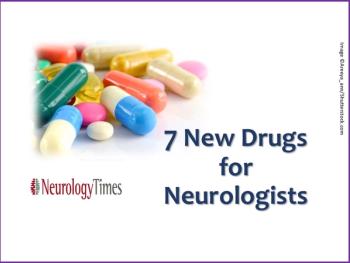
Here’s a brief look at therapies for neurological disorders that the FDA has approved within the past 6 months.

Here’s a brief look at therapies for neurological disorders that the FDA has approved within the past 6 months.
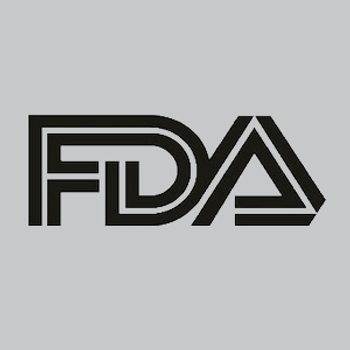
The device, also cleared to treat anxiety and depression, was launched at the Anxiety and Depression Conference in Chicago and will be available in the United States starting at $695.

Could the patient's symptoms be linked to her diet?
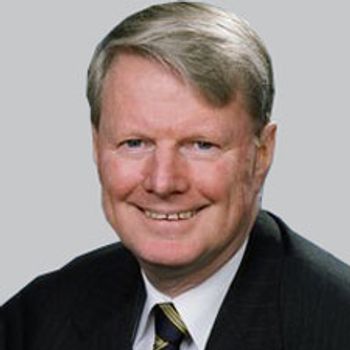
Topline data showed that the novel oxybate candidate demonstrated significant differences compared to placebo in the change in the weekly number of cataplexy attacks and the change in Epworth Sleepiness Scale score, the primary and secondary end points, respectively.
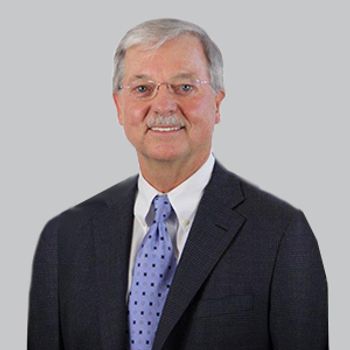
The dual-acting dopamine and norepinephrine reuptake inhibitor is approved for narcolepsy in once-daily 75 mg and 150 mg doses, and in OSA in once-daily 37.5 mg, 75 mg, and 150 mg doses.

EEG and brain MRI findings are normal-what do you suspect?

Ned Sharpless, MD, the director of the National Cancer Institute, has been named to the position of acting FDA Commissioner. The announcement was made just a week after the current commissioner, Scott Gottlieb, MD, announced his plans to resign in early April.

A Prescription Drug User Fee Act action date has been set for Dec. 27, 2019.
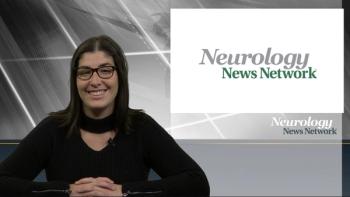
Neurology News Network for the week of March 9, 2019.
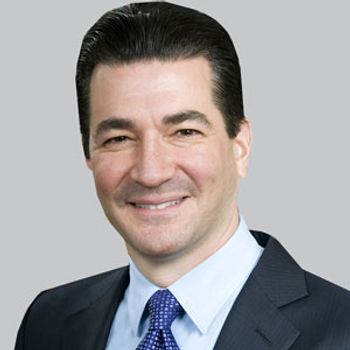
The 23rd FDA commissioner’s resignation is effective in about a month; his successor has not yet been named.

The new clinical practice guideline provides 9 recommendations, 4 of which are strongly recommended, for PAP treatment of OSA and is intended for use in conjunction with other AASM guidelines.
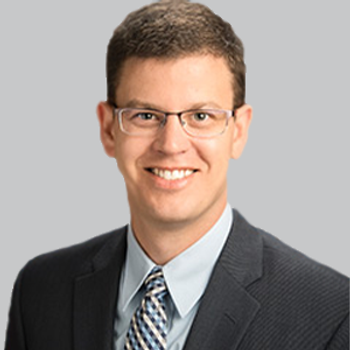
The pediatric critical care medicine attending physician in the Department of Anesthesiology and Critical Care Medicine at the Children’s Hospital of Philadelphia spoke about how physicians can better address brain death in pediatric patients.
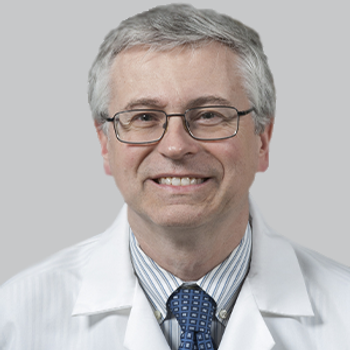
The field of neurology is gaining a more robust understanding of some of the mechanisms at play in excessive daytime sleepiness, but the progress has not spread evenly across different sleep disorders.

The framework consists of 2 documents that expand on the agency’s plans for its risk-based approach for describing drugs, devices, and biologics, including those designated as regenerative medicine advanced therapies.

Preliminary results show that the whole genome information can be used to assess the association between predicted gene expression in different parts of the brain and sleep, suggesting where brain genes are expressed matter for variability in sleep.
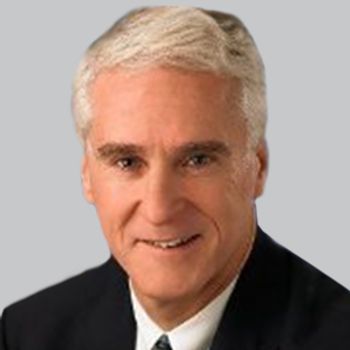
If approved, pitolisant would be the first new therapy in more than 15 years indicated for treatment of both excessive daytime sleepiness and cataplexy in adults with narcolepsy.

It turns out that sleep deprivation has an effect not only on the traditional concept of “beauty,” but also on whether a person is perceived as being socially desirable.
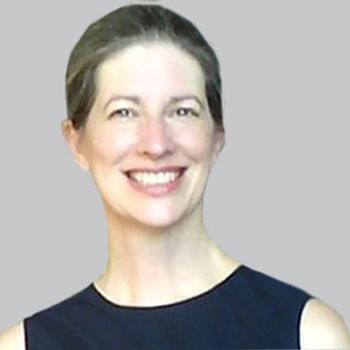
At the end of the 6-month, placebo-controlled treatment period, treatment with lemborexant at 5 mg or 10 mg resulted in statistically significant improvements compared to placebo in patient-reported sleep onset latency, subjective sleep efficiency, and subjective wake after sleep onset.
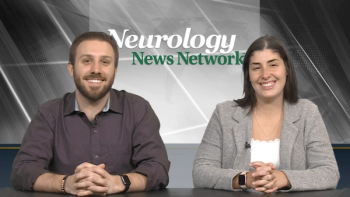
Neurology News Network for the week of January 26, 2019.

A 67-year-old woman presents with symptoms of symptoms of daytime fatigue and sleeplessness at night due to excessive nighttime movements over the course of three months. Her husband is concerned that she could be having seizures.
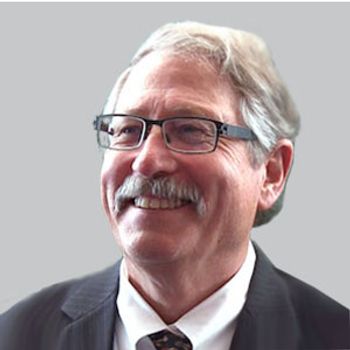
Overall, there were no statistically significant or clinically relevant effects of bedtime administration of lemborexant on next-morning driving performance in healthy adult and elderly volunteers.
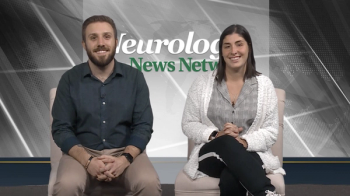
Neurology News Network for the week of January 19, 2019.

The NDA was based on the results of 2 pivotal phase 3 clinical studies, SUNRISE 1 and SUNRISE 2, which enrolled approximately 2000 patients, as well as safety studies.

The associate professor in the department of psychiatry at NYU Langone spoke about the relationship between slow-wave sleep disruption and Alzheimer disease.

The AAN position statement author further addressed the opposing position of the Nevada law, the AAN’s position on brain death, and what clinicians need to know in regard to determining it.